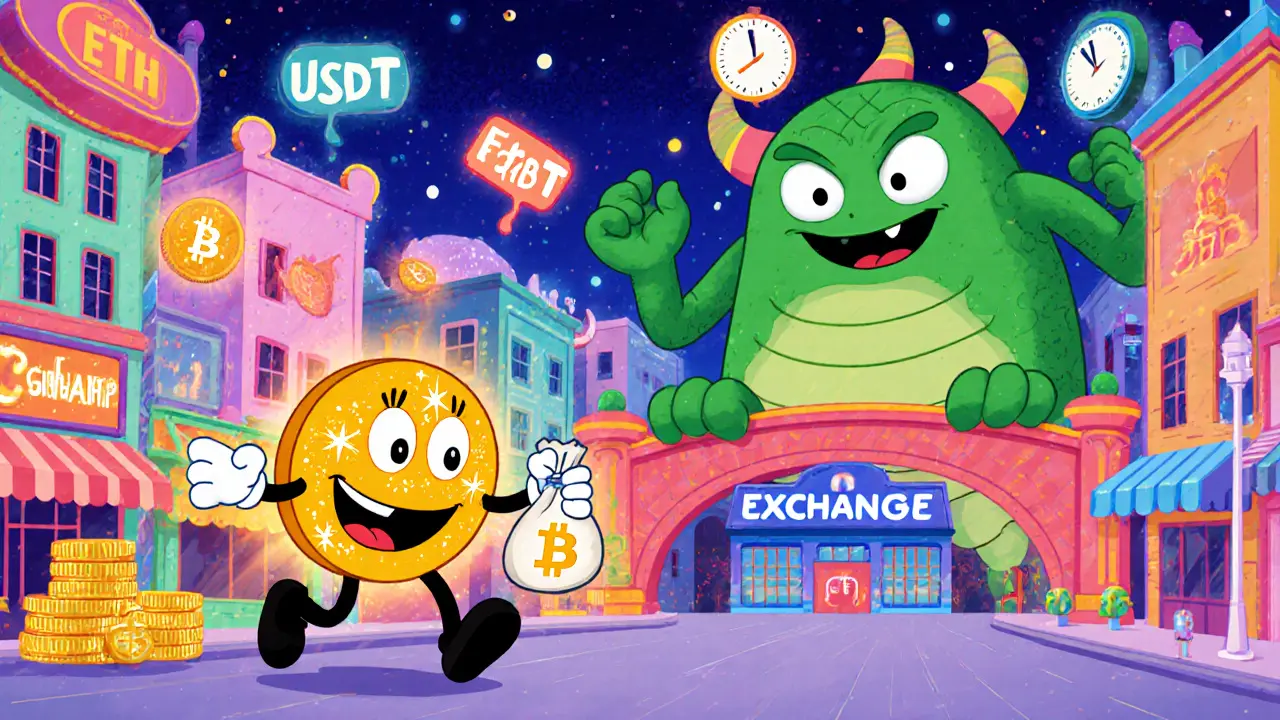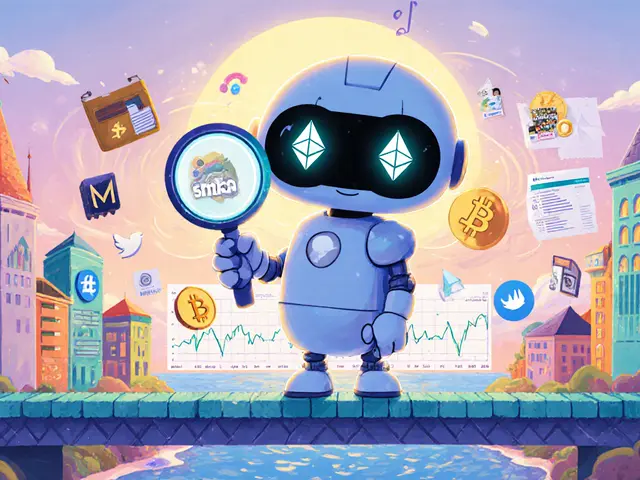Trading pairs define how arbitrage works in crypto markets. Learn how exchange, triangular, and DeFi arbitrage exploit price gaps between asset pairs-and why most traders fail to profit.
Pairs Trading in Crypto: How It Works and What You Need to Know
When you hear pairs trading, a strategy that bets on the relative price movement between two correlated assets. Also known as statistical arbitrage, it doesn’t care if the whole market goes up or down—it only cares if one asset moves faster than the other. In crypto, this means watching coins like Bitcoin and Ethereum, or two tokens on the same blockchain, and betting that their usual price relationship will return after it breaks.
This isn’t about guessing which coin will win. It’s about spotting when two coins that usually move together start drifting apart. Maybe one gets a hype tweet and spikes, while the other stays flat. A pairs trader would short the one that jumped and buy the one that lagged, expecting them to sync back up. It’s a quiet, math-driven approach, and it works best when you have enough historical data to prove the link between the two. You can’t do this with random tokens—only pairs with real, measurable correlation. That’s why most successful crypto pairs traders stick to major coins or tokens on the same ecosystem, like two DeFi tokens on Ethereum or two Layer 2s on the same network.
Looking at the posts here, you’ll notice a pattern: many projects either have no trading volume, no real community, or vanished after an airdrop. That’s exactly why pairs trading matters in crypto. If a token like ELMON or DAISY trades with near-zero volume, there’s no reliable pair to trade against. But when you look at DeepBook Protocol on Sui or Baryon Network, you see real trading activity—or the lack of it. That’s data. And data is what pairs trading lives on. You need liquidity, history, and consistent behavior. A coin with no users can’t be part of a pair. A token that’s just a scam can’t be predicted. This strategy only works when the market is real enough to have patterns.
What you’ll find below are posts that reveal what works and what doesn’t in crypto markets. Some show you how a token failed because it had no liquidity. Others show you how network effects make Bitcoin and Ethereum reliable anchors for any trading strategy. You’ll see how airdrops create noise, not trends. And you’ll learn why some exchanges, like CoinDeal or Baryon, are useless for pairs trading—not because they’re bad, but because they have no users to create meaningful price relationships. This isn’t about hype. It’s about what’s measurable, what’s persistent, and what’s real.





